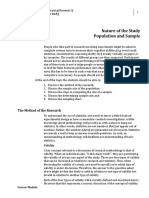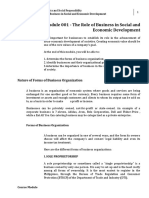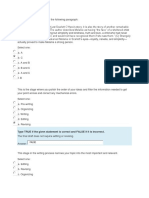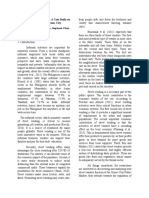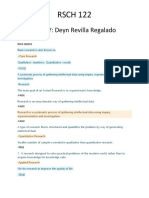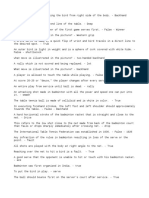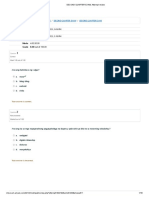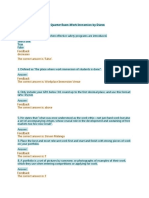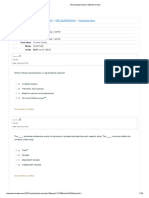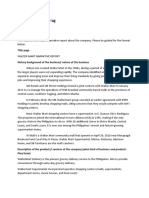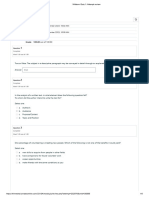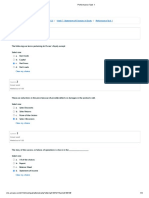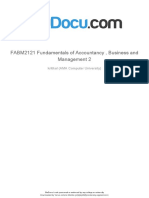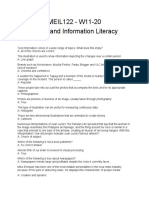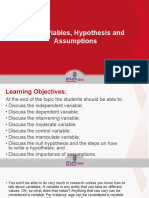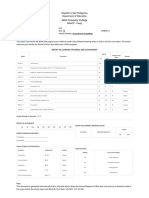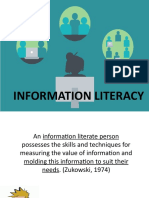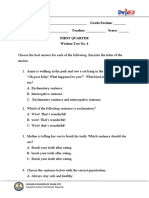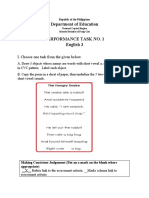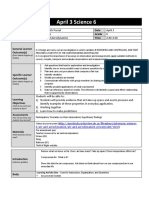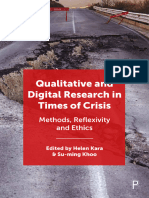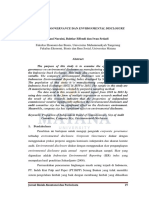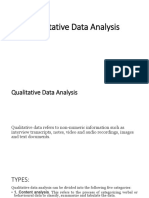0% found this document useful (0 votes)
292 views9 pagesWeek 009 Module The Variables, Hypothesis and Assumptions
1. The document discusses different types of variables that are important in research including independent variables, dependent variables, intervening variables, moderate/mediator variables, and control variables.
2. It provides definitions and examples of each variable type, explaining that the independent variable is what is manipulated in an experiment and the dependent variable is what is measured.
3. Guidelines are given for writing about and defining the variables in a research study, including discussing related literature and studies for each variable.
Uploaded by
Mae ChannCopyright
© © All Rights Reserved
We take content rights seriously. If you suspect this is your content, claim it here.
Available Formats
Download as PDF, TXT or read online on Scribd
0% found this document useful (0 votes)
292 views9 pagesWeek 009 Module The Variables, Hypothesis and Assumptions
1. The document discusses different types of variables that are important in research including independent variables, dependent variables, intervening variables, moderate/mediator variables, and control variables.
2. It provides definitions and examples of each variable type, explaining that the independent variable is what is manipulated in an experiment and the dependent variable is what is measured.
3. Guidelines are given for writing about and defining the variables in a research study, including discussing related literature and studies for each variable.
Uploaded by
Mae ChannCopyright
© © All Rights Reserved
We take content rights seriously. If you suspect this is your content, claim it here.
Available Formats
Download as PDF, TXT or read online on Scribd
/ 9
